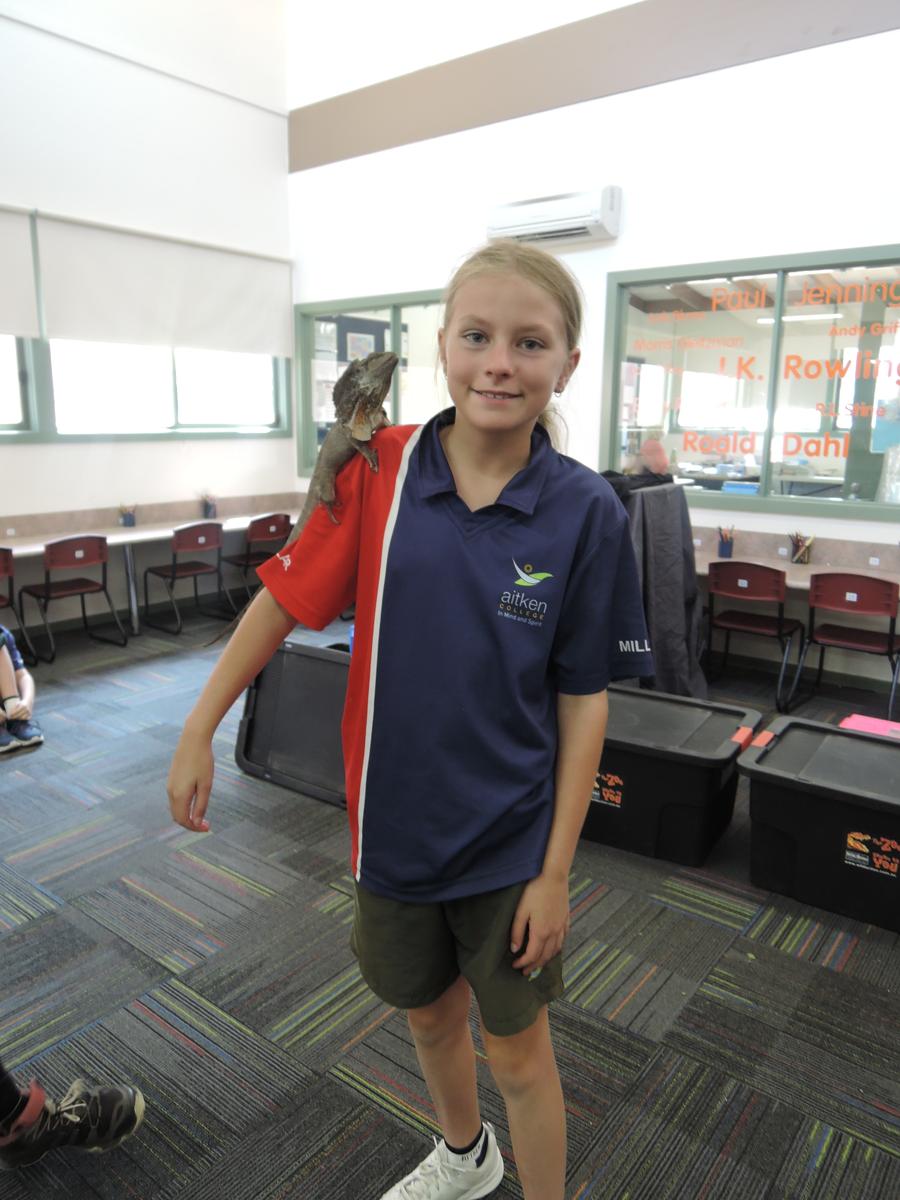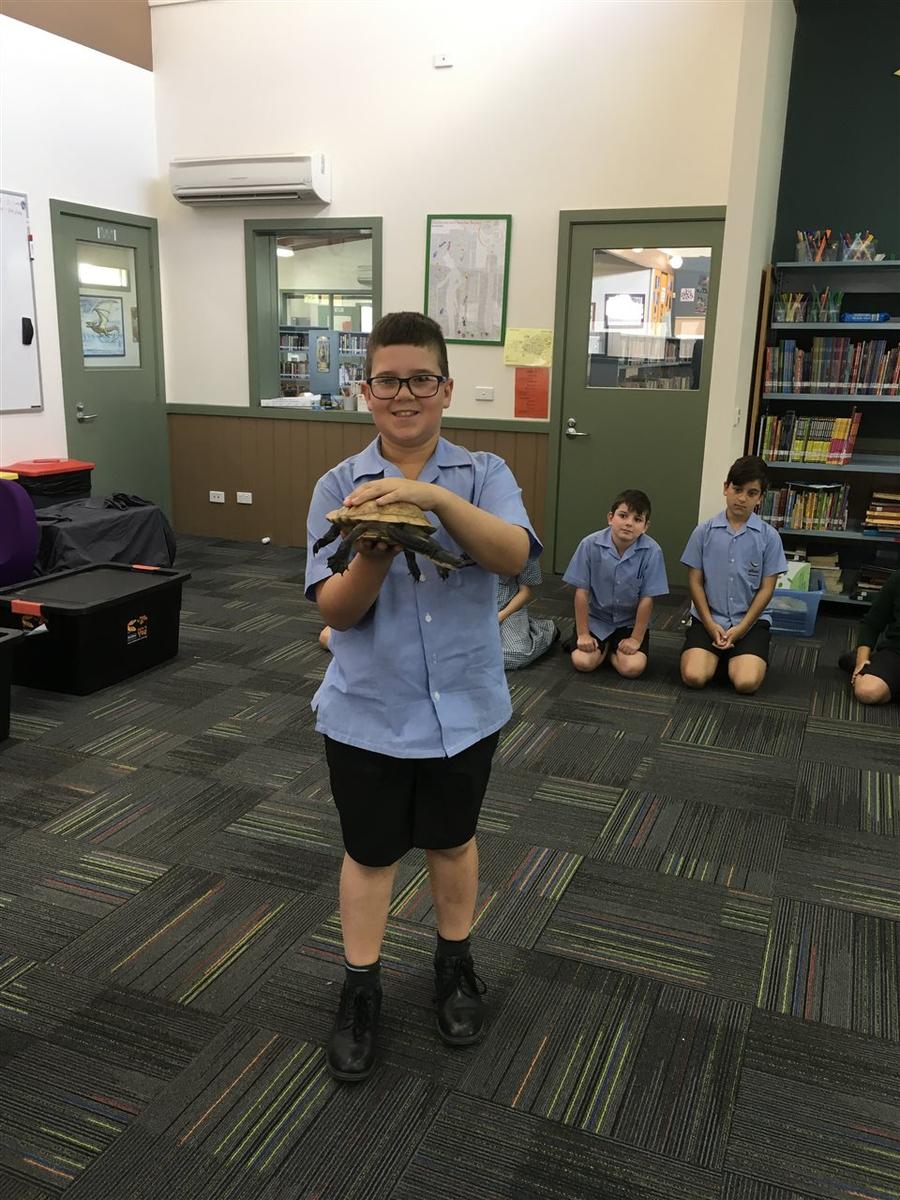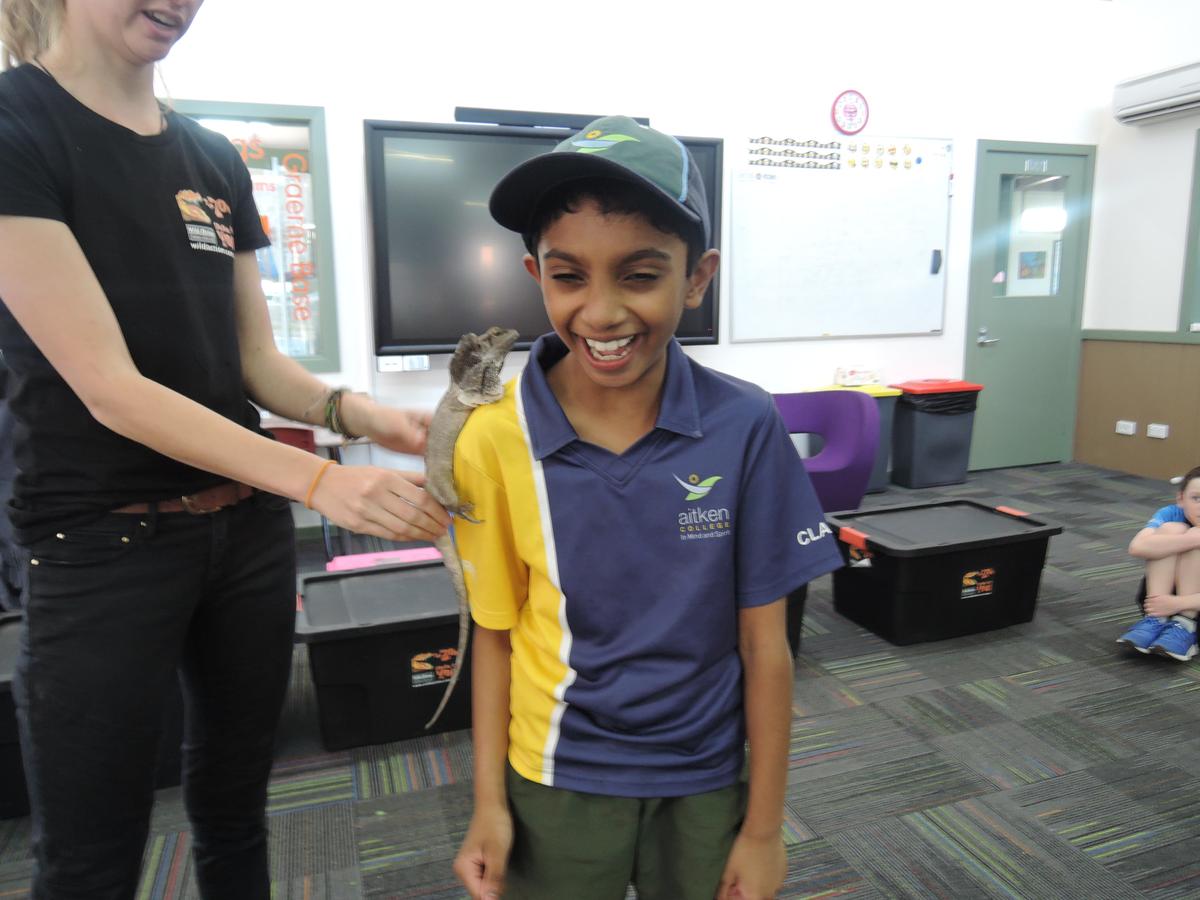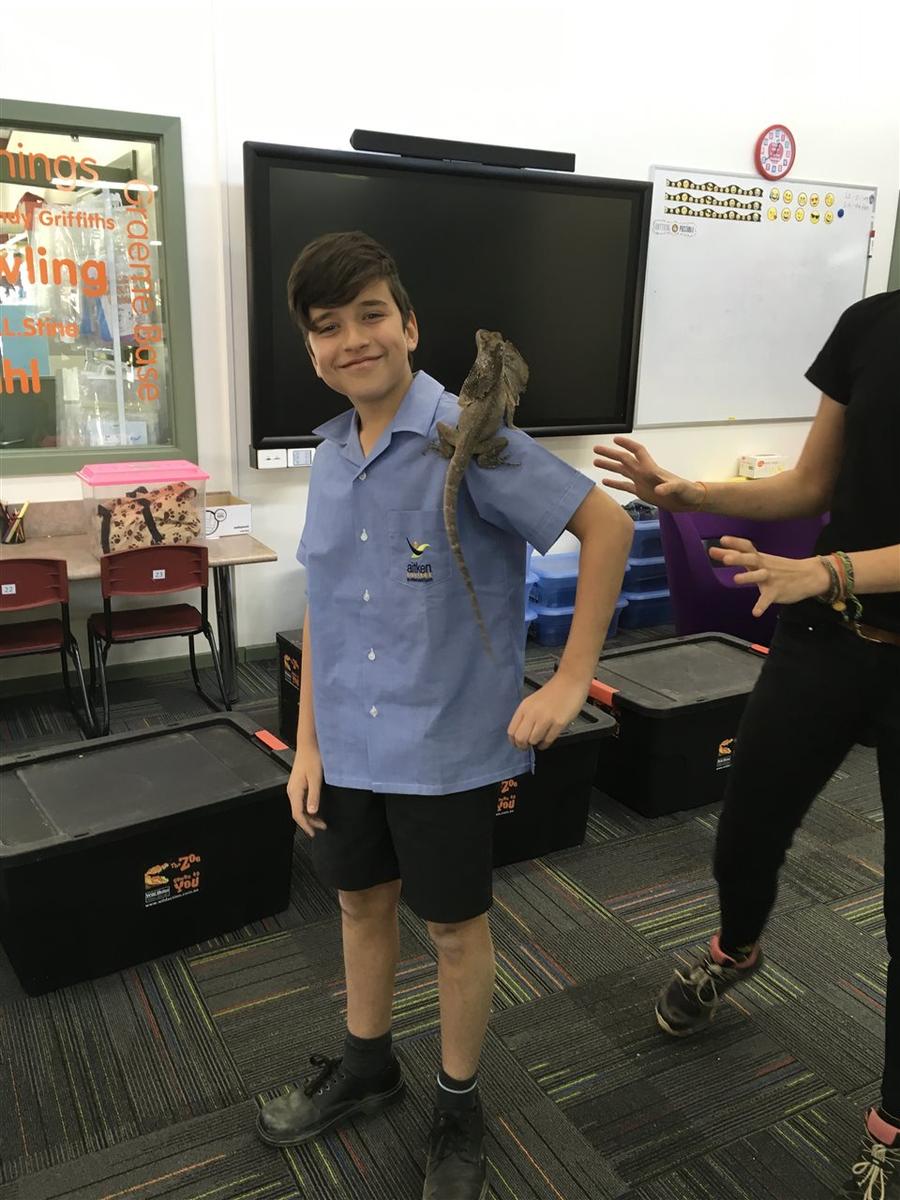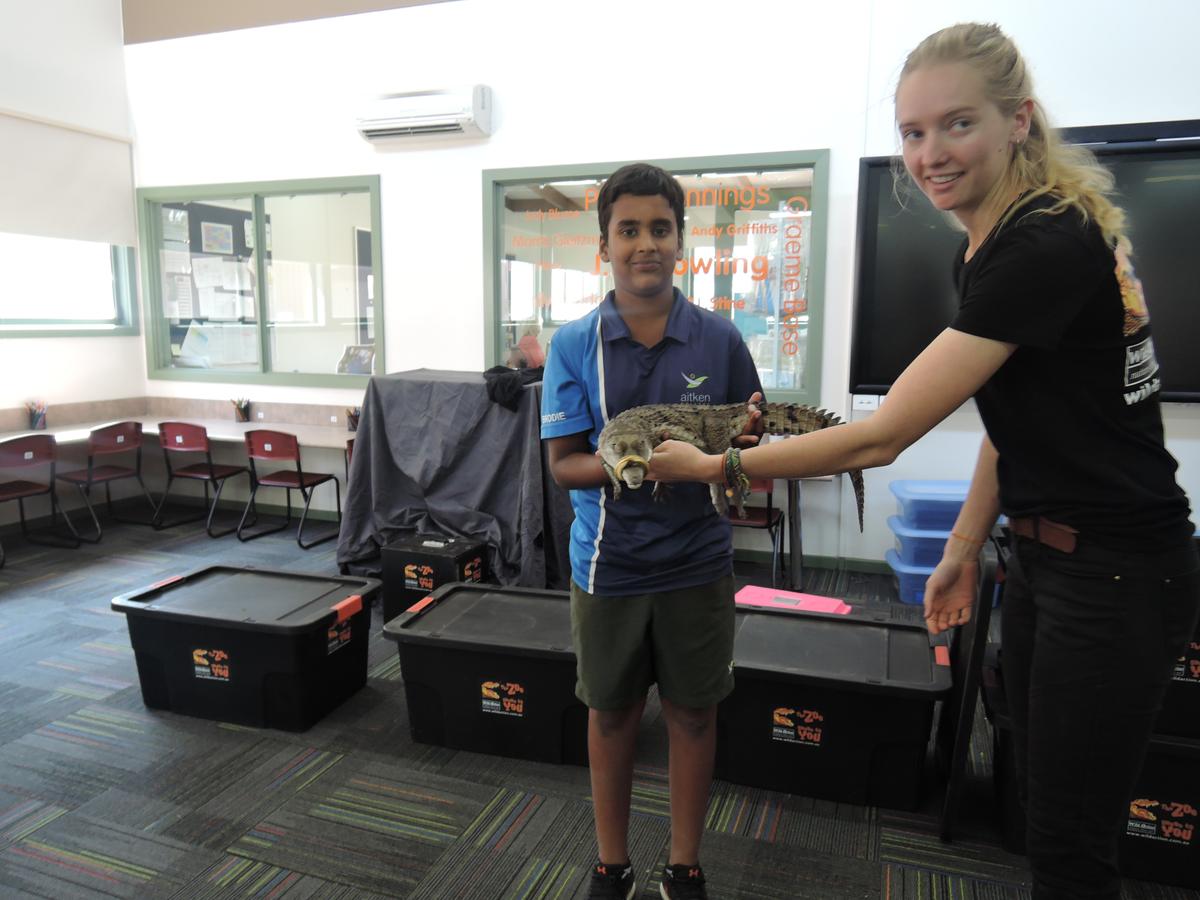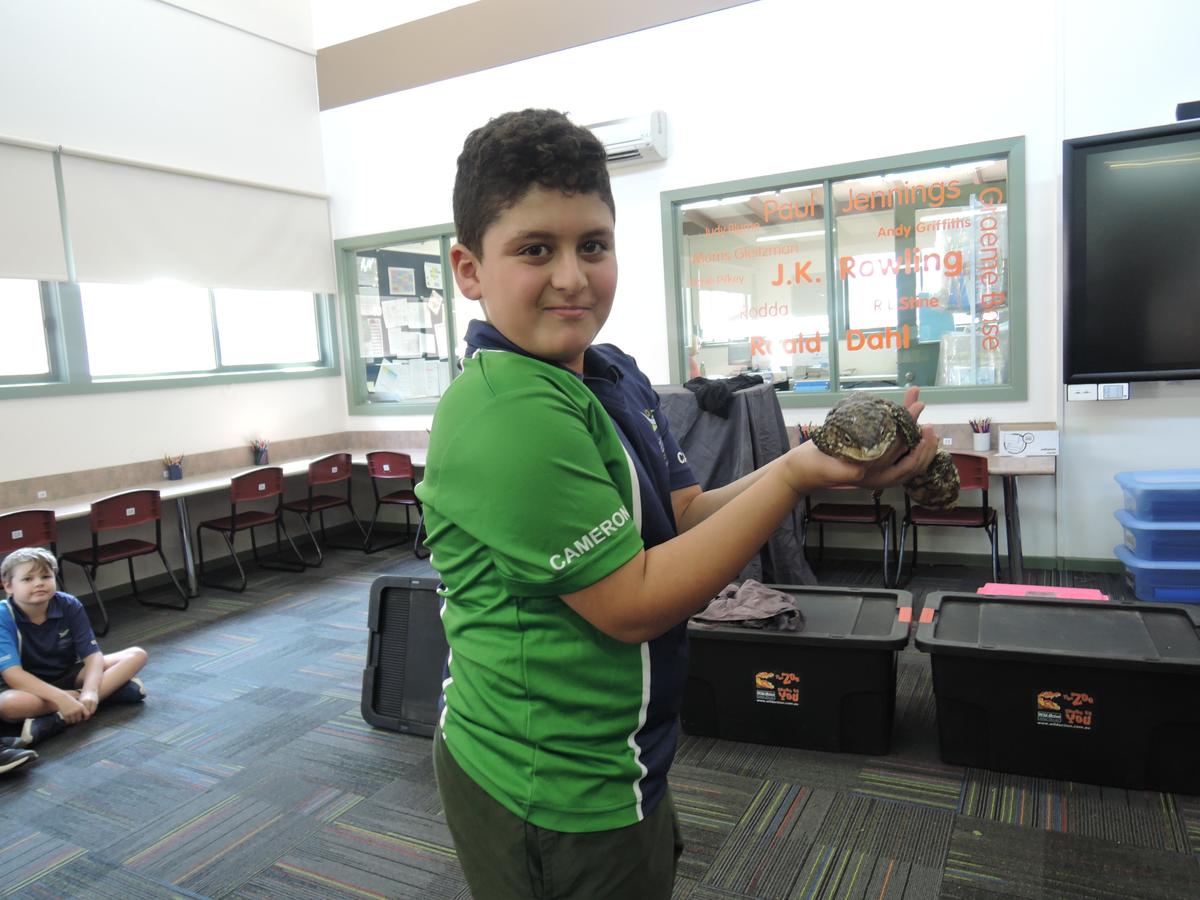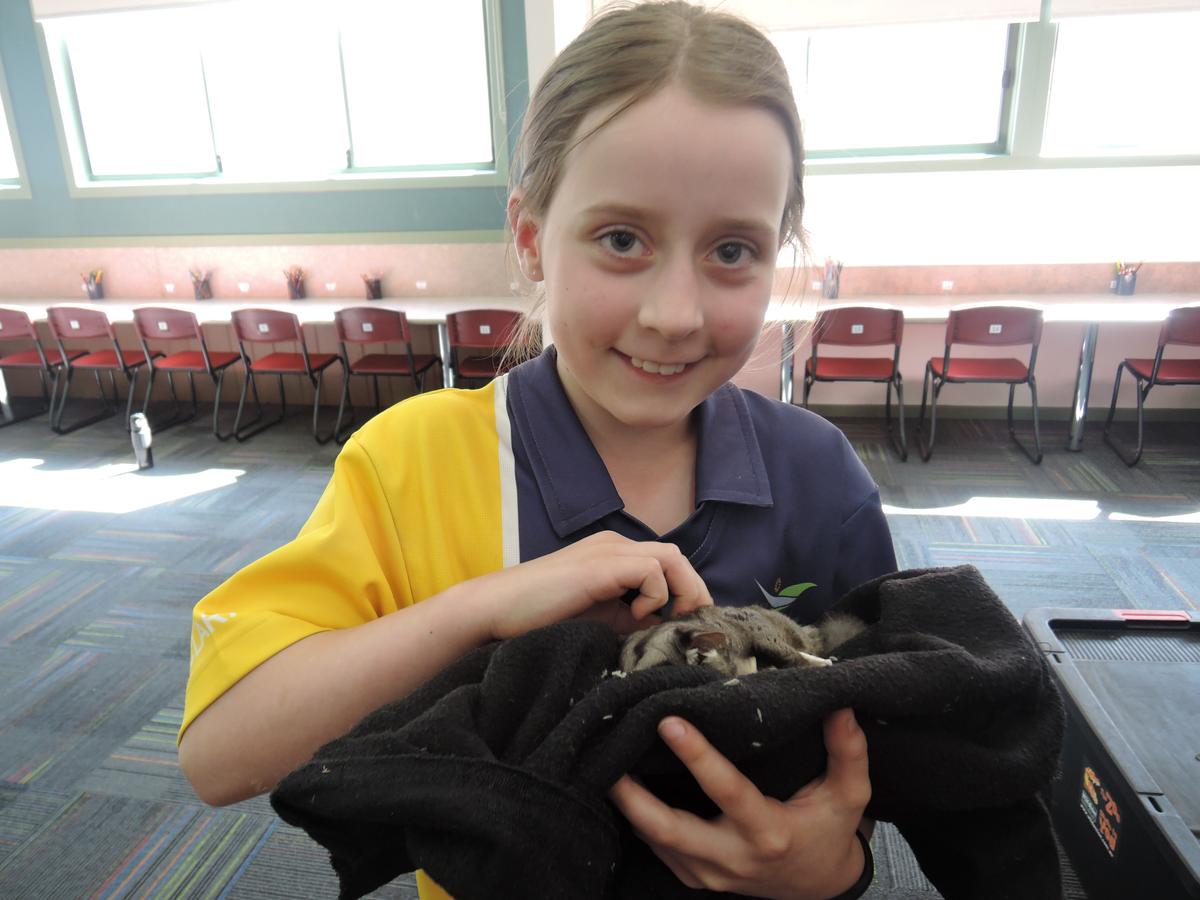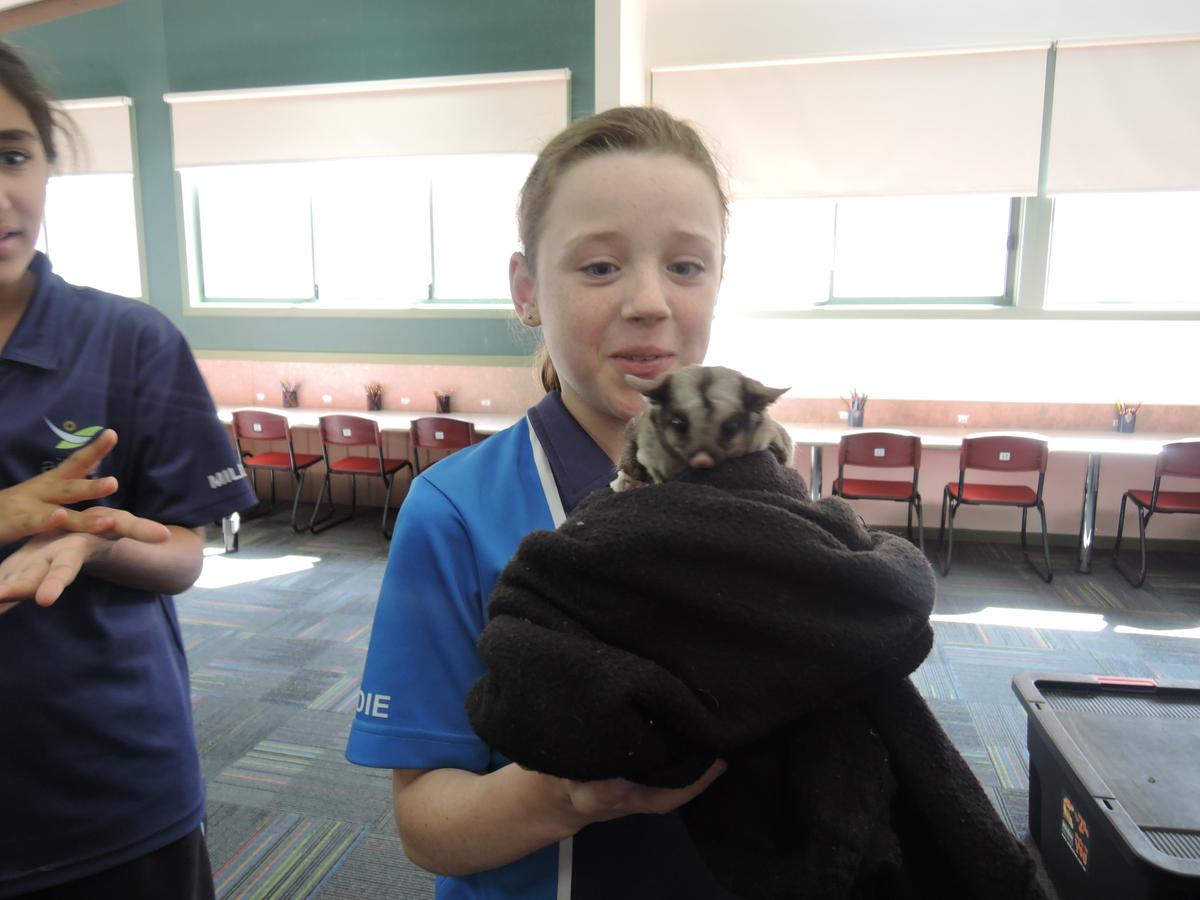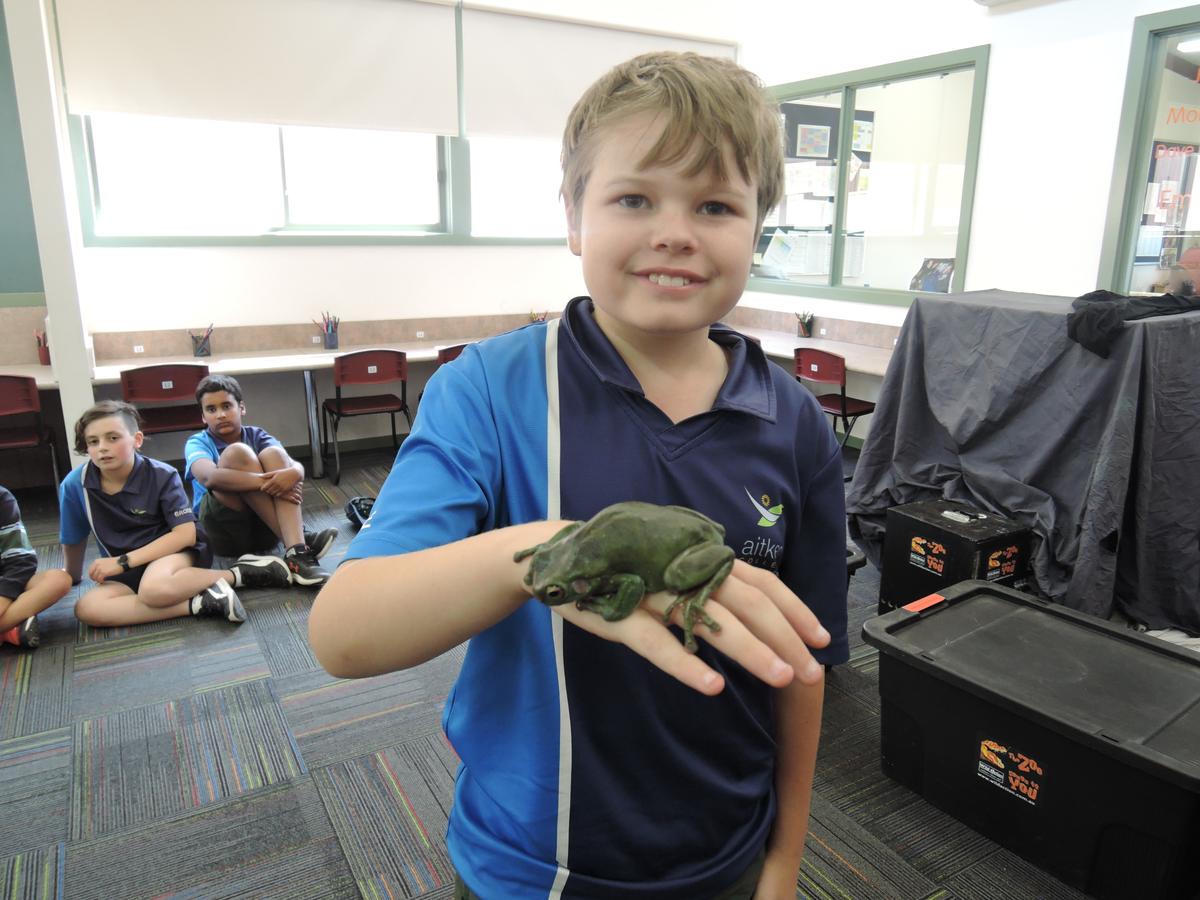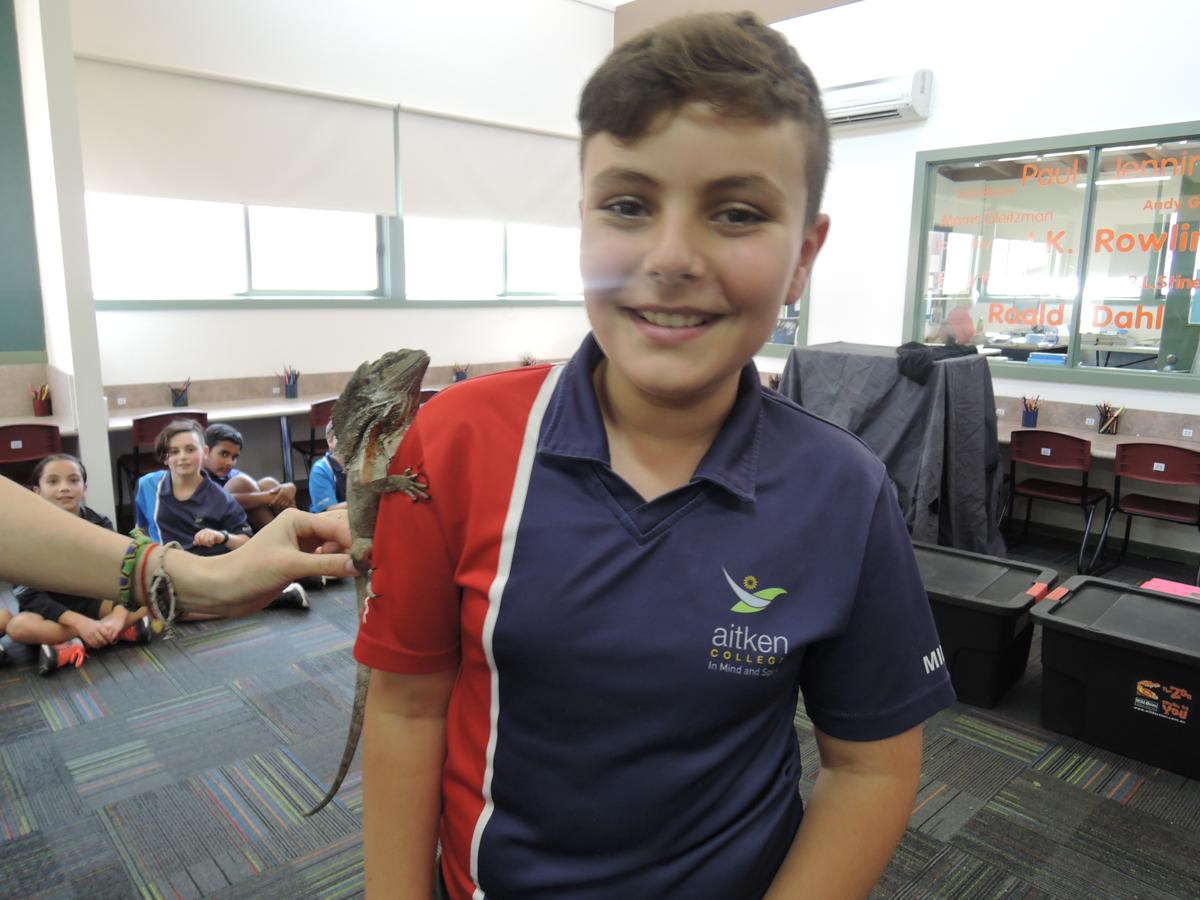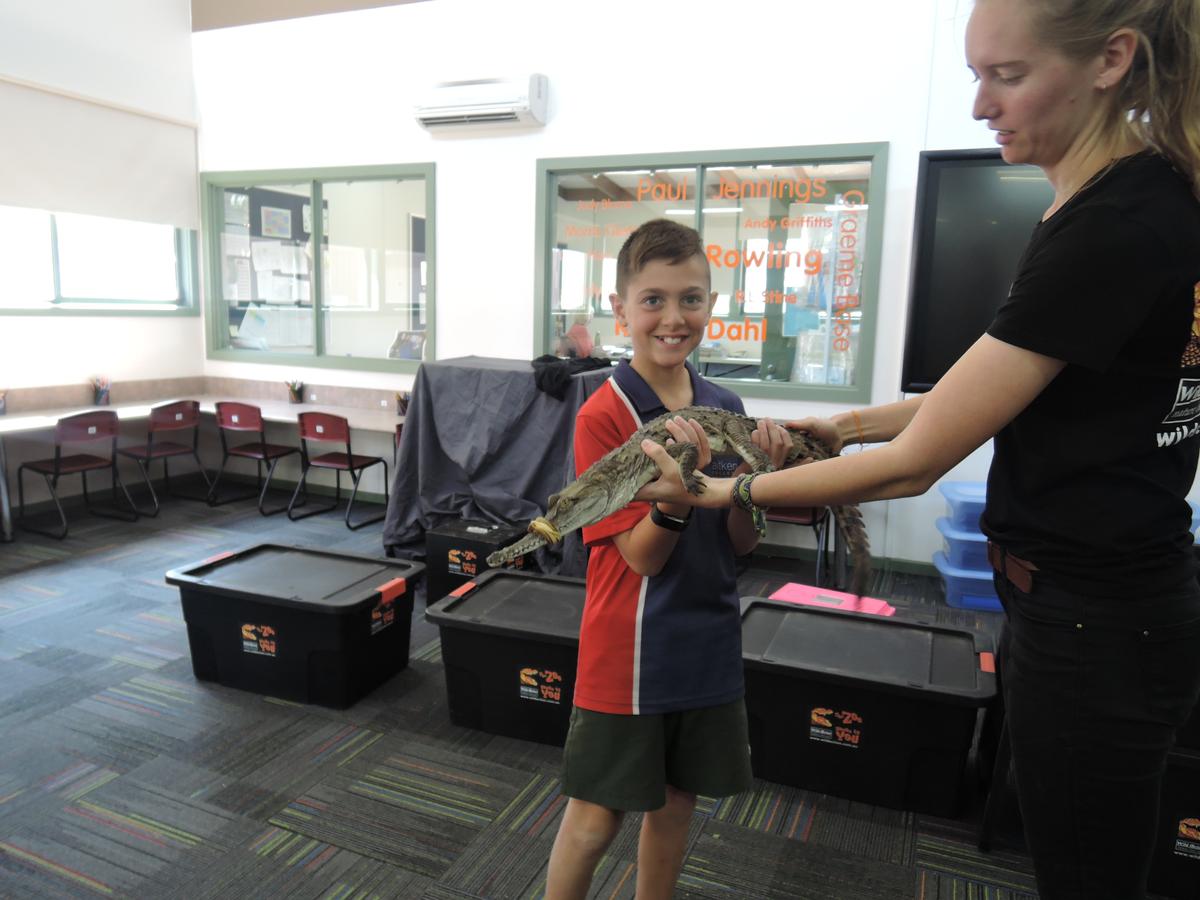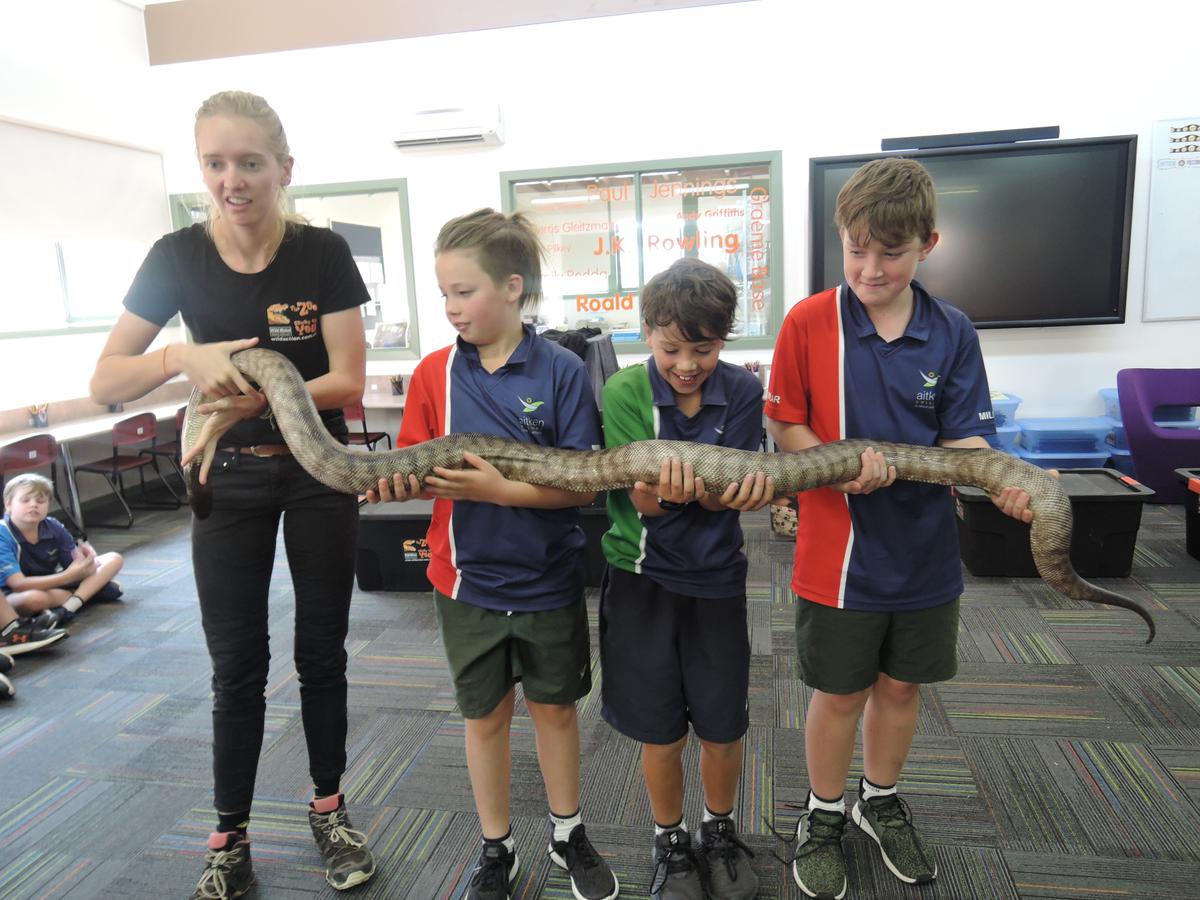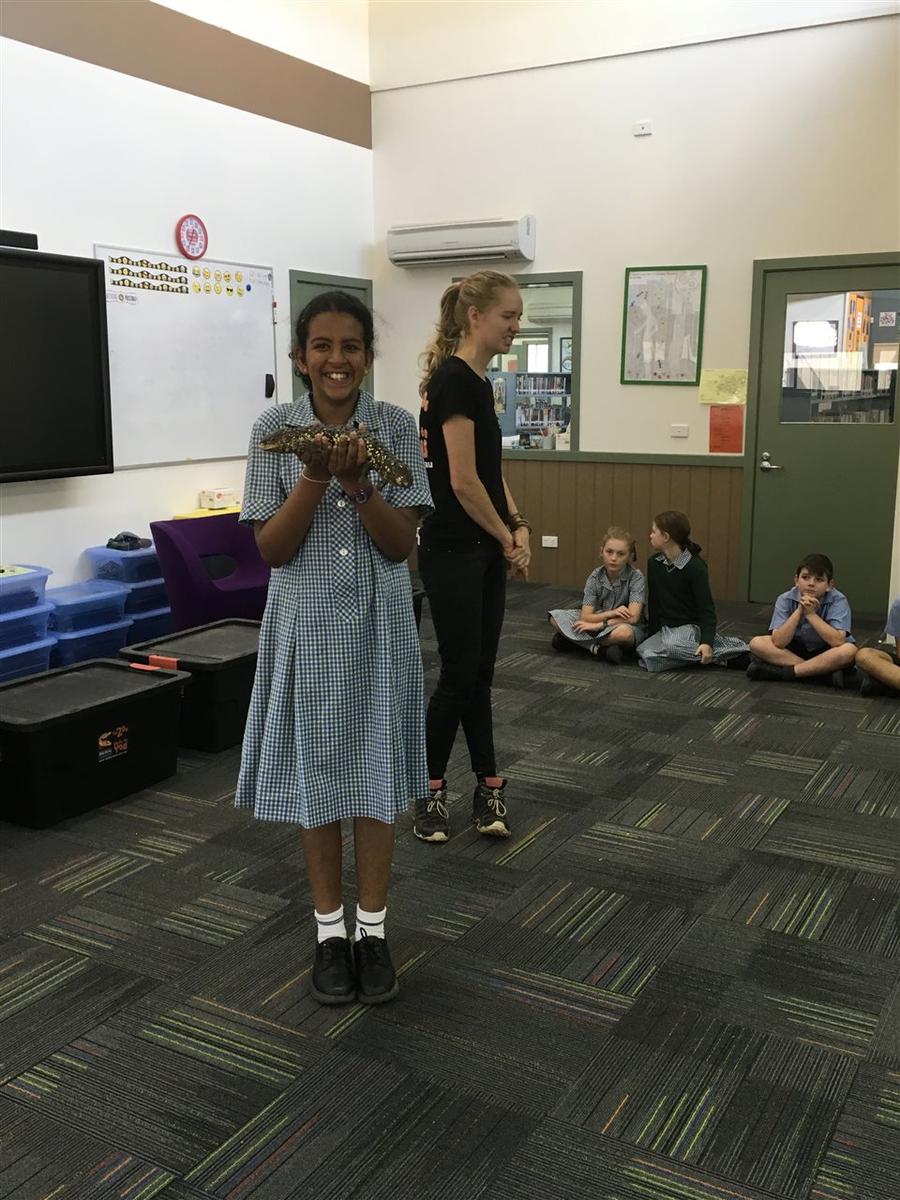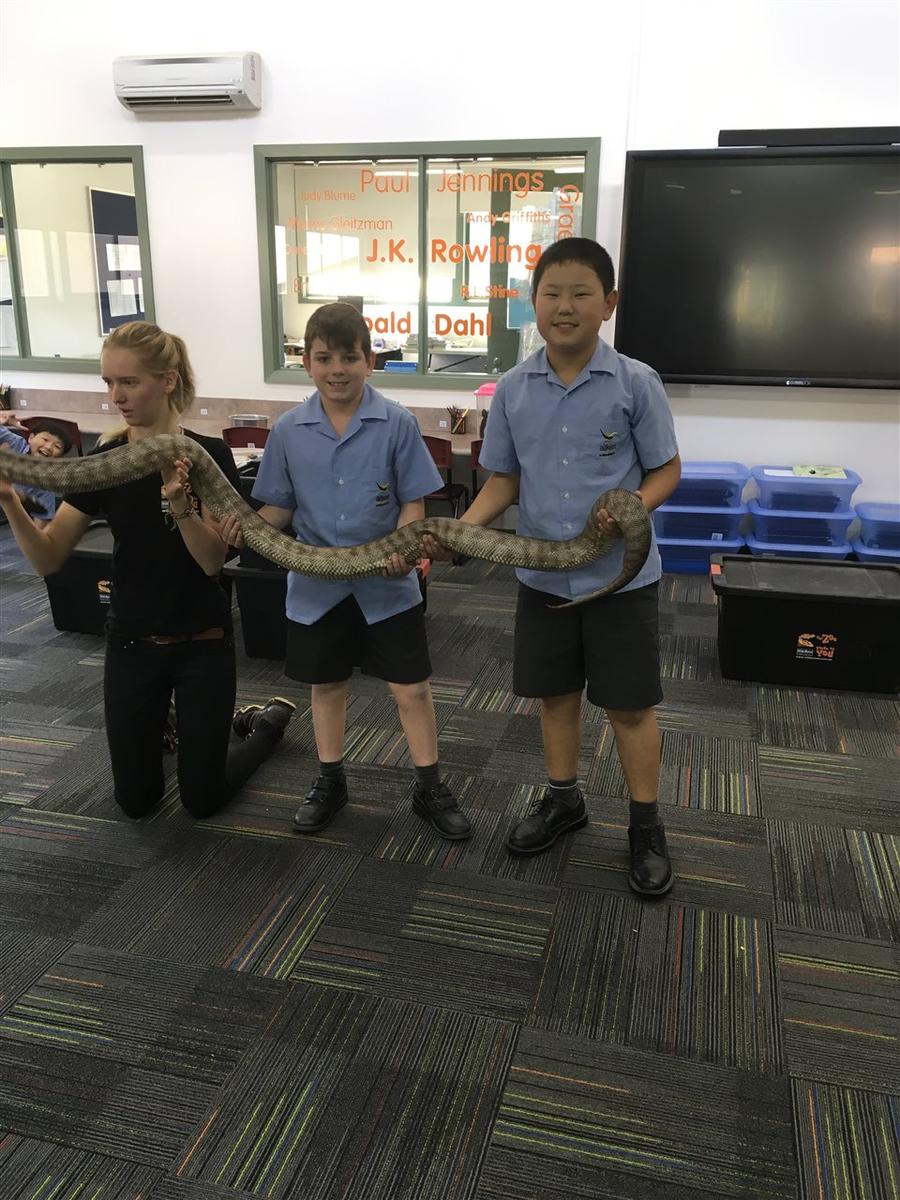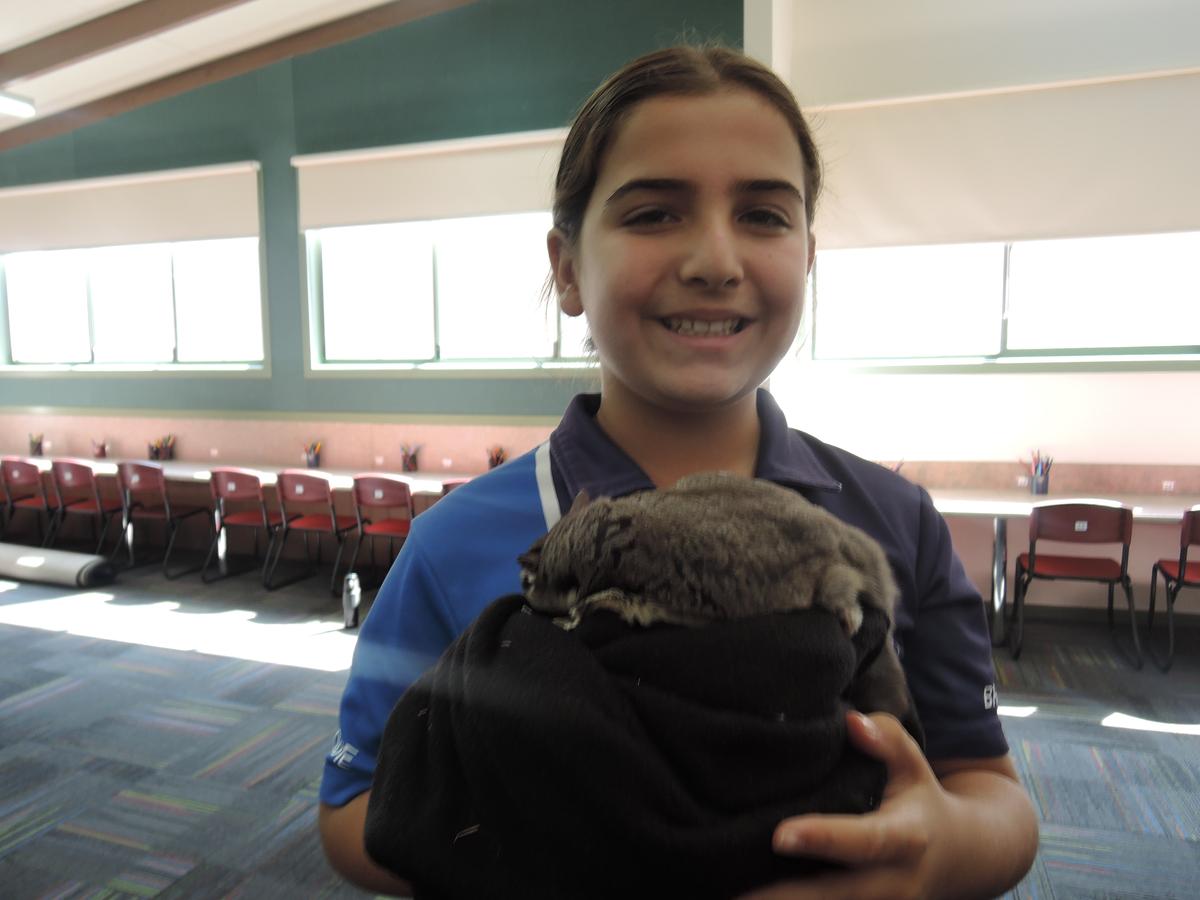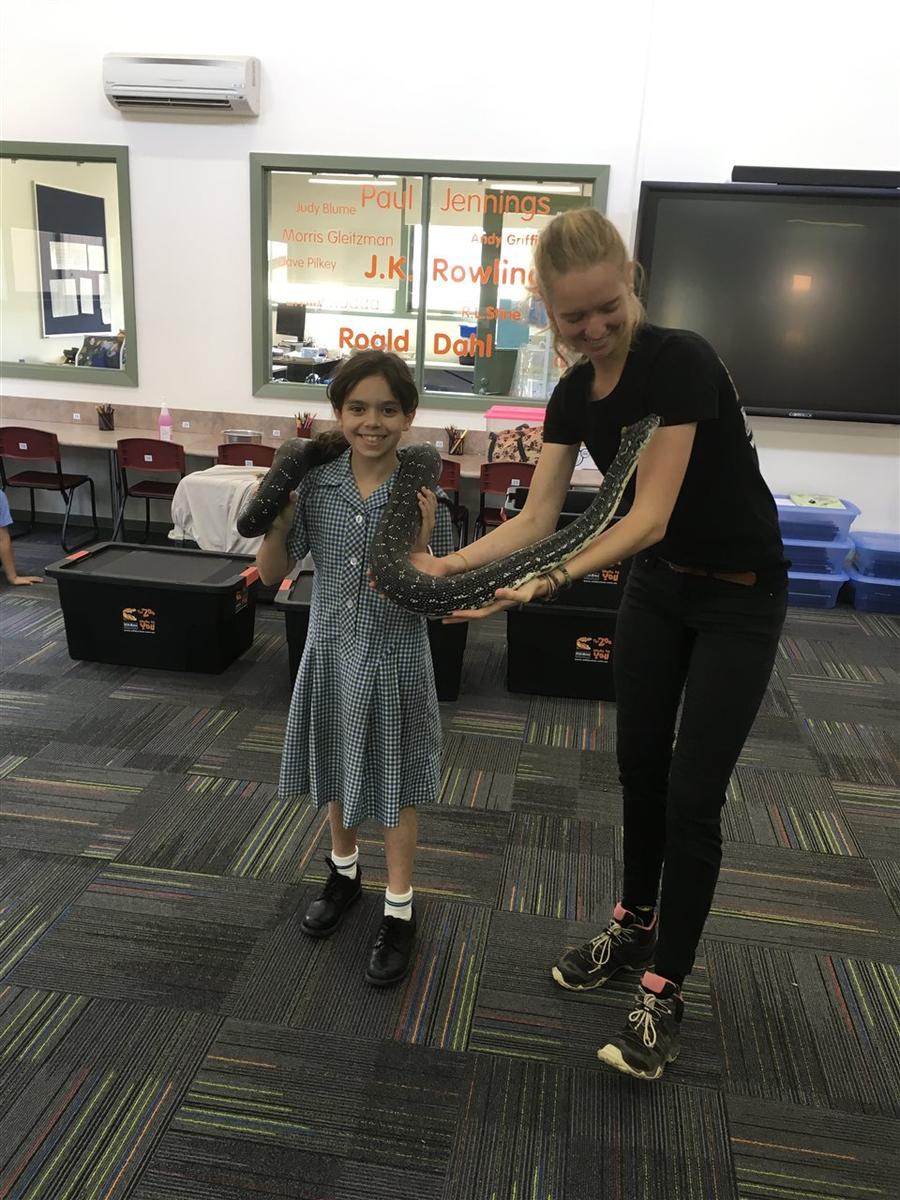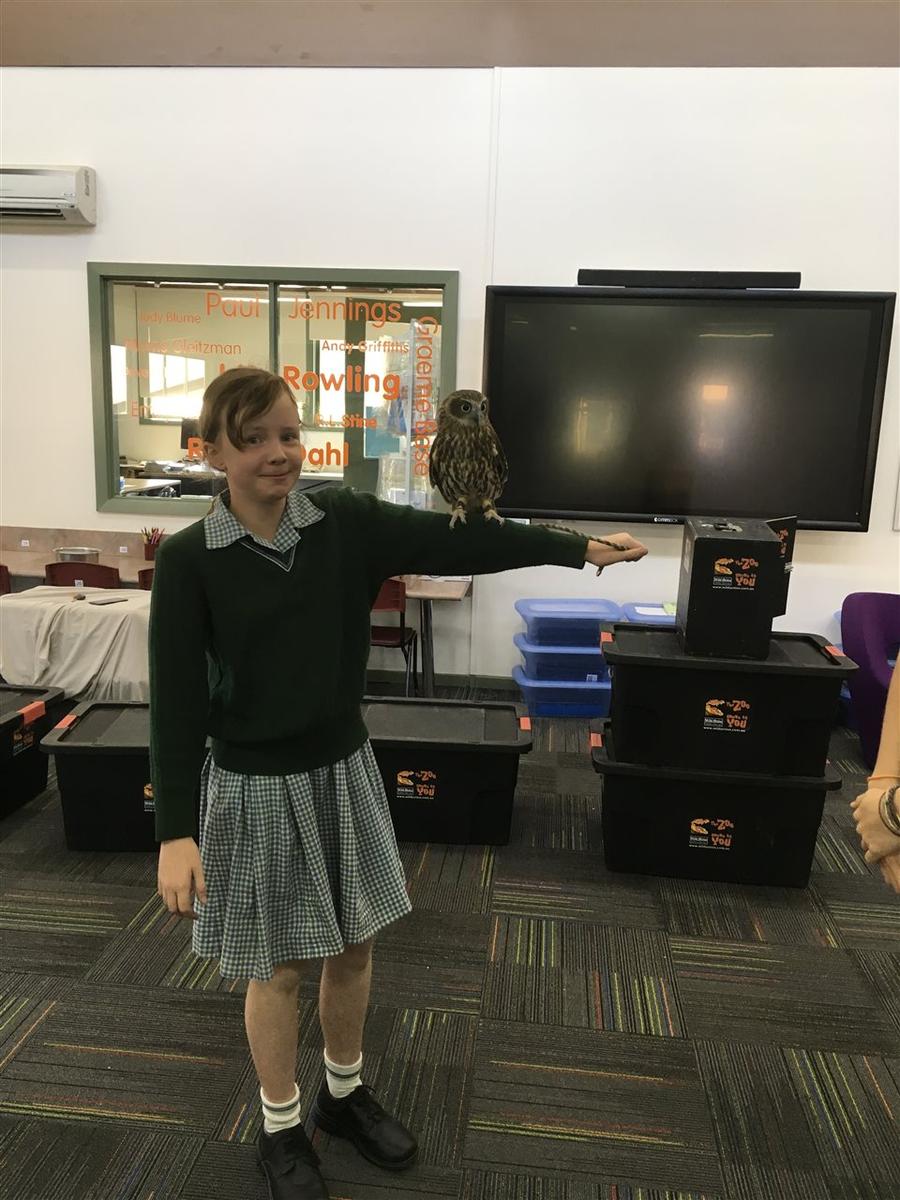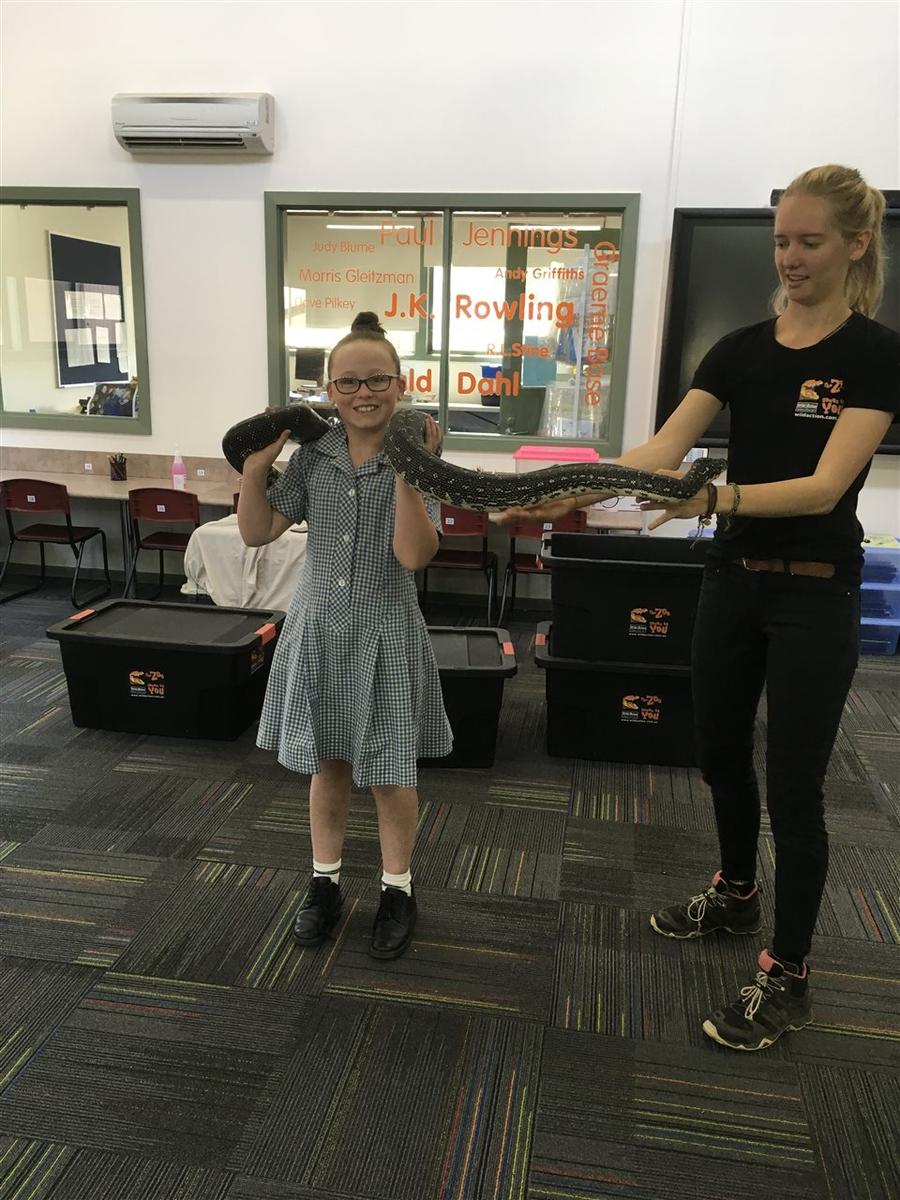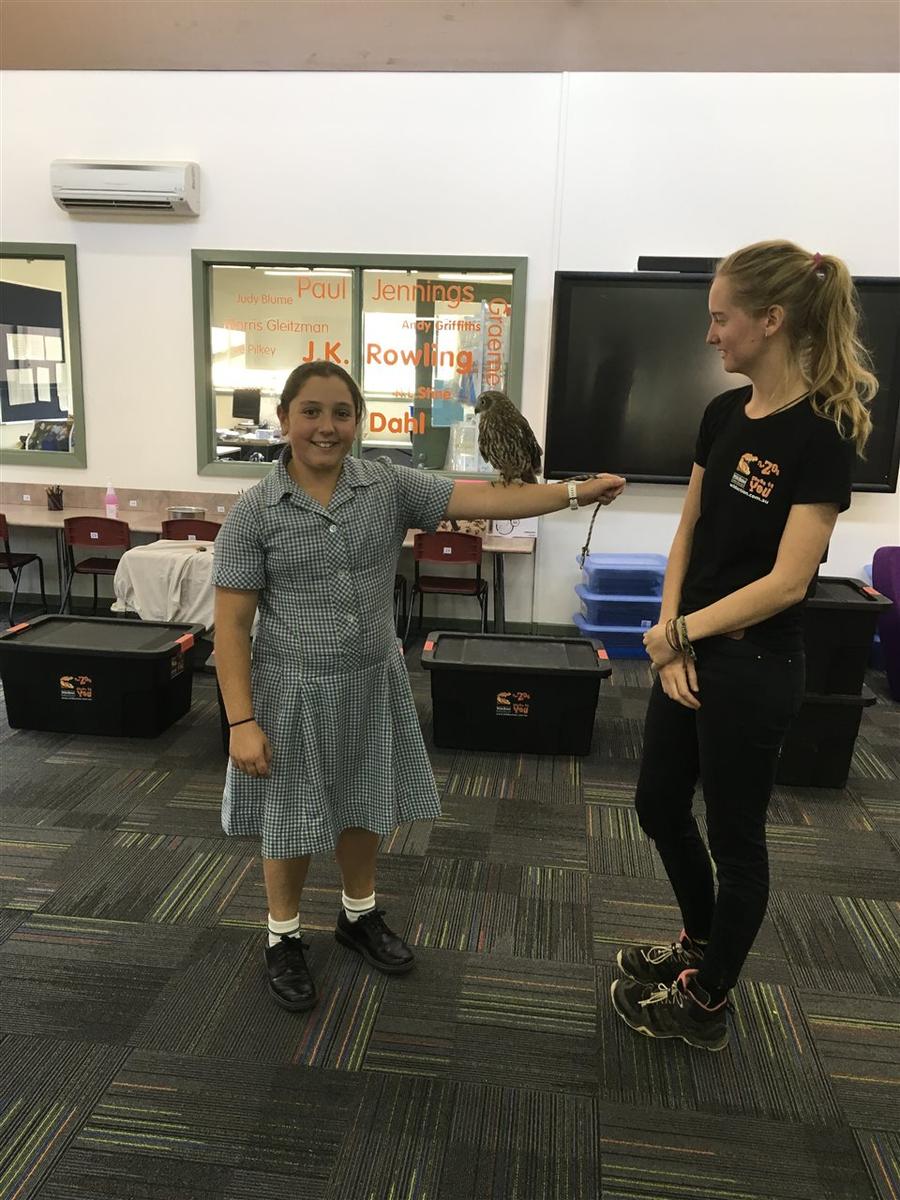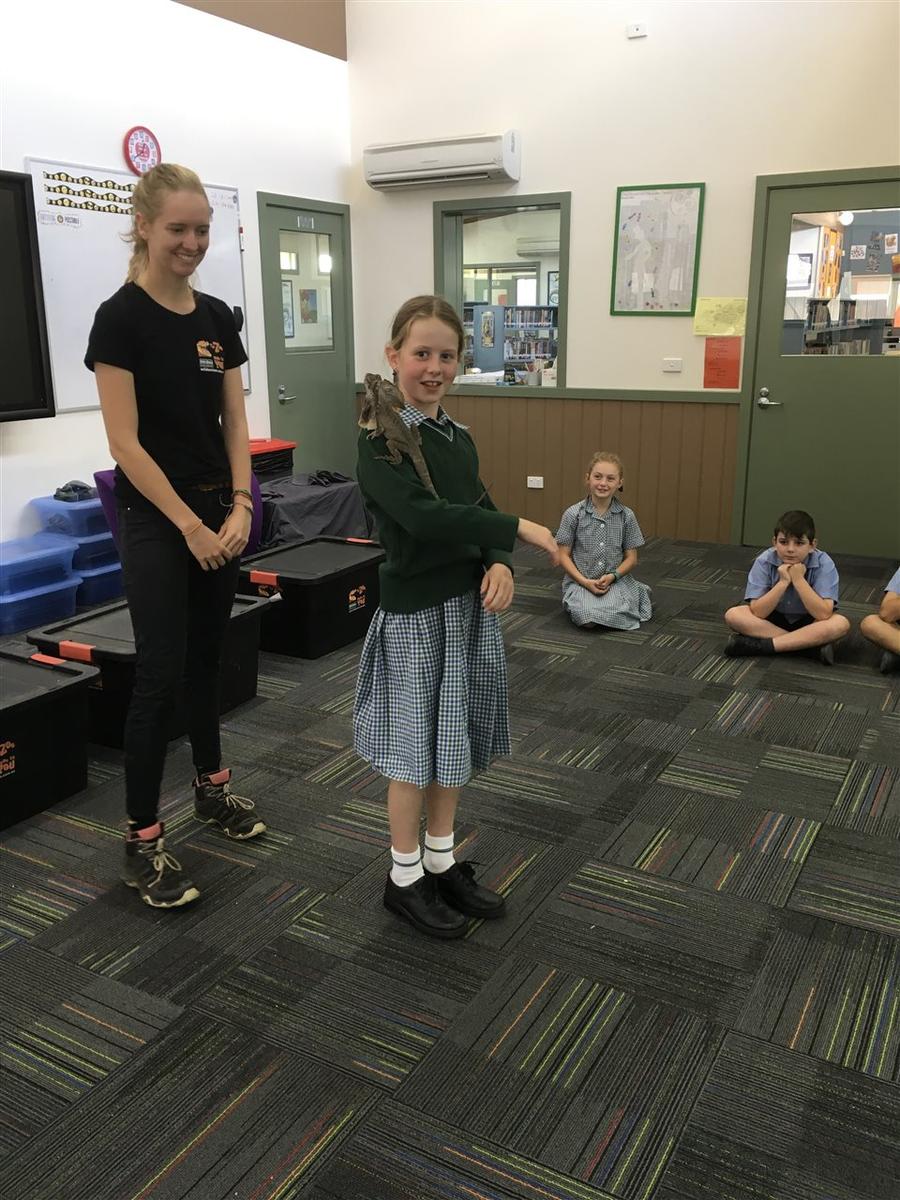Cumberland
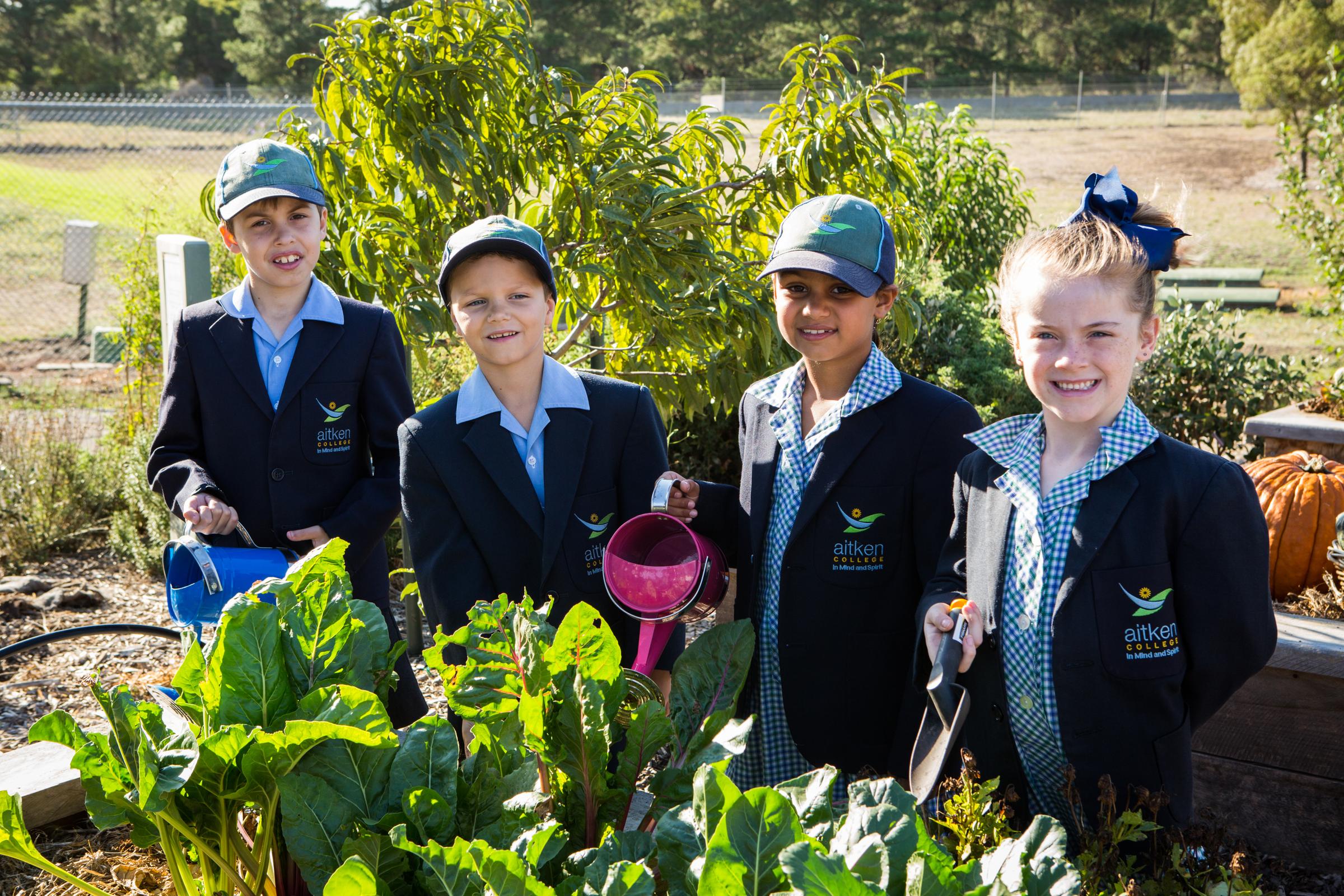
Mrs Leanne Schulz
Cumberland Assembly
Last week’s Assembly was action packed with many awards being presented to students for their achievements in both the swimming and cross-country carnivals. Congratulations to all the students for their positive attitude and House spirit.
National Day of Action Against Bullying and Violence
The National Day of Action against Bullying and Violence was on Friday 15 March. Mr Forward talked about bullying and showed Cumberland students a short clip at Assembly. Students were also presented with a wrist band to wear for the week.
The national definition of bullying for Australian schools says:
Bullying is an ongoing and deliberate misuse of power in relationships through repeated verbal, physical and/or social behaviour that intends to cause physical, social and/or psychological harm. It can involve an individual or a group misusing their power, or perceived power, over one or more persons who feel unable to stop it from happening.
Bullying can happen in person or online, via various digital platforms and devices and it can be obvious (overt) or hidden (covert).
Bullying behaviour is repeated, or has the potential to be repeated, over time (for example, through sharing of digital records). Bullying of any form or for any reason can have immediate, medium and long-term effects on those involved, including bystanders. Single incidents and conflict or fights between equals, whether in person or online, are not defined as bullying.
Bullying has three main features:
Behaviours that do not constitute bullying include:
- mutual arguments and disagreements (where there is no power imbalance)
- not liking someone or a single act of social rejection
- one-off acts of meanness or spite
- isolated incidents of aggression, intimidation or violence.
However, these conflicts still need to be addressed and resolved.
Year 5 Wild Action Incursion
As part of the Integrated Studies topic ‘Animal Adaptations’, the Year 5 students participated in a Wild Action incursion where they had the opportunity to touch, hold and learn about many Australian animals and their adaptations.
Kyan C
These wild animals were amazing! There were snakes, owls, possums and there was even a Joey that wanted to read a book in the Library. We were learning about how these animals adapt to their environment to help them to survive.
So firstly, the boobook owl. The owl can turn its head 270 degrees. The reason it does this is because it has massive eyes. The sound it makes is ‘beep boop’.
The stumpy tail lizard is a unique animal. It has a tail that looks like his head so he can trick predators. It is one of the animals that can camouflage. If someone bites his tail off it will regrow.
The long neck turtle is one of the commonly known animals. It has webbed feet for swimming. It also has a long neck and can flip himself over.
Overall, I think Wildlife Action was an amazing experience and all the animals’ adaptations were incredible, from the turtle to the Joey. My favourite animal was the black headed python. The black headed python was my favourite because I rarely see one, and it is the coolest looking animal in my opinion.
Hayley G
Animal adaptations means how an animal’s body adapts to its environment. For example, polar bears have a thick layer of fat underneath their fur that keeps them warm in the extreme arctic environment.
The boobook owl has very interesting adaptations. It has very soft wings so when it flies it is silent and can sneak up on prey easily. Boobook owls also have big eyes that cannot move in their sockets, therefore they can move their head nearly all the way around to look in different directions.
Echidnas have many adaptations. They have sharp claws to dig into termite mounds. They also have long beaks and long sticky tongues that can be up to 18cm long to stick into termite mounds and ant hills. Echidnas also have sharp spikes to scare away predators. When the echidna feels threatened, it will curl up in a ball with only its spikes showing.
Lace monitors have many interesting adaptations. Their saliva is dangerous, so if bitten by one you may keep bleeding and will have to get stitches. They also have camouflage and will blend in very well with their environment.
The long-necked turtle has many interesting ways of surviving in the wild. It has a long neck and it uses it to turn itself over if something has flipped it over. It has camouflage and it can blend in to its surroundings. It also has a very hard shell and if it feels threatened it will hide in its shell.
Kangaroos have lots of adaptations to help them survive. Kangaroo mothers have pouches to keep their joeys in. Kangaroos that live in deserts lick their forearms to keep their body cool. Kangaroos have camouflage and they blend in well with their environment.
Charlie D
Today Rachel came to our school and talked to us about Australian animal adaptations. She brought in thirteen animals and told us about some of their adaptations.
The stumpy tail lizard looks like it has two heads to confuse its prey and so they do not go near it. The lizard is also scaled and rough to make it hard for its prey to eat.
The long neck turtle has a hard shell as a house so it is safe if any predators try to attack. If it flips upside down, it can use its neck to flip back the right way.
The joey has a long tail to help it balance on two legs and it also has fur to keep warm in those cold evenings.
I really enjoyed the visit from Wild Action and learnt a lot from Rachel.














